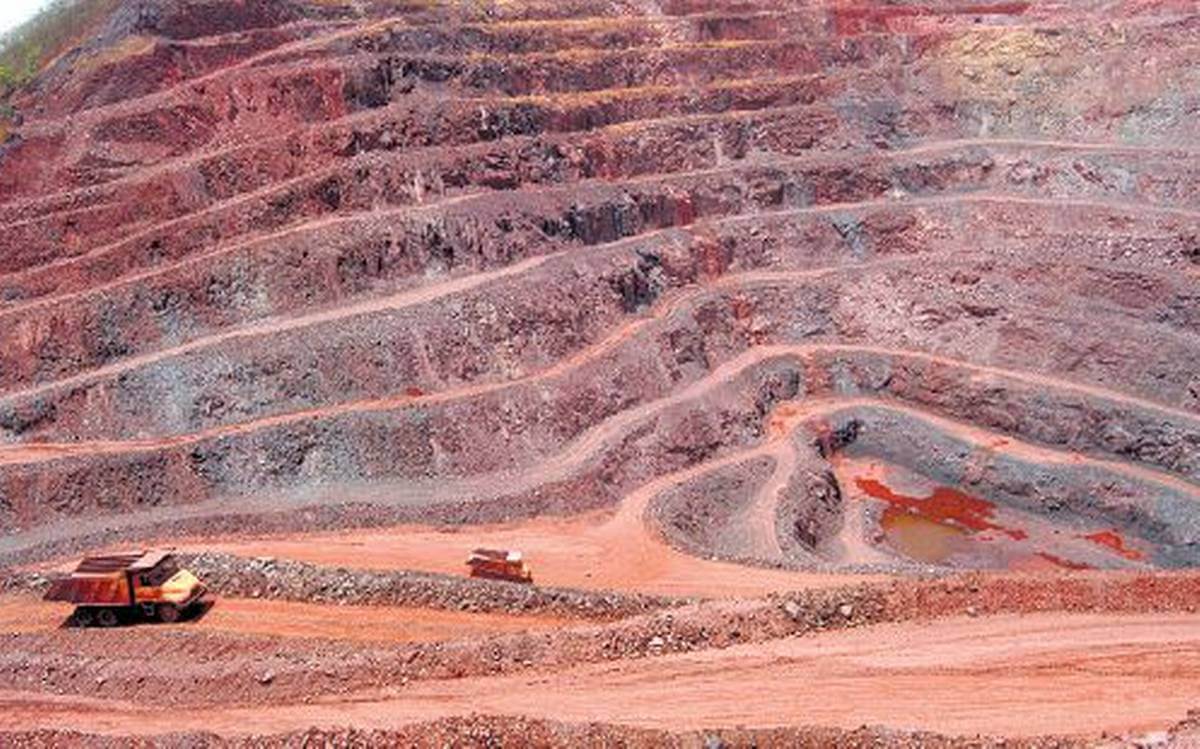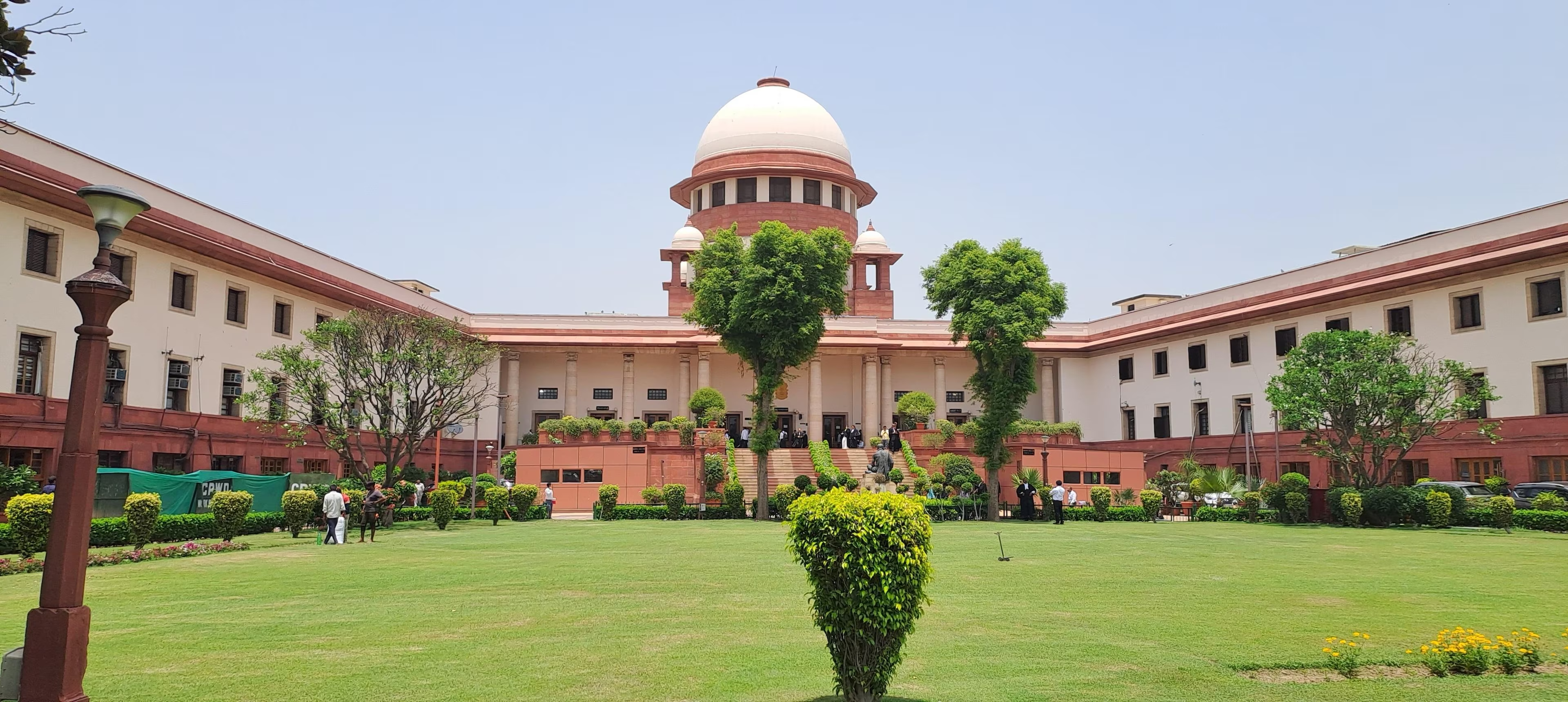- Courses
- GS Full Course 1 Year
- GS Full Course 2 Year
- GS Full Course 3 Year
- GS Full Course Till Selection
- CSAT
- 5 LAYERED ARJUNA Mentorship
- Public Administration Optional
- Online Program
- GS Recorded Course
- NCERT (Recorded 500+ Hours)
- Polity Recorded Course
- Geography Recorded Course
- Economy Recorded Course
- AMAC Recorded Course
- Modern India, Post Independence & World History
- Environment Recoded Course
- Governance Recoded Course
- Science & Tech. Recoded Course
- International Relations and Internal Security Recorded Course
- Disaster Management Module Course
- Ethics Recoded Course
- Essay Recoded Course
- Current Affairs Recoded Course
- ABOUT US
- OUR TOPPERS
- TEST SERIES
- FREE STUDY MATERIAL
- VIDEOS
- CONTACT US
Potash Mining in India
Potash Mining in India

- The Government of India is set to explore Potash mining in Punjab’s Fazilka and Sri Muktsar Sahib districts as part of its efforts to reduce import dependence.
- Surveys by the Geological Survey of India (GSI) have also identified significant Potash reserves in Rajasthan, highlighting the potential for domestic production.
What is Potash?
- Potash is an impure combination of potassium carbonate and potassium (K) salts.
- Principal Ore: Sylvinite is the most common ore used for Potash extraction.
Uses of Potash
1. Agriculture (Major Use – Over 90%)
- Potash is a key component of fertilizers and is one of the three primary nutrients in agriculture, alongside Nitrogen (N) and Phosphorus (P), collectively forming the N-P-K ratio.
- The ideal nutrient ratio for optimal plant growth is 4:2:1 (N:P:K).
2. Water Purification: Potash alum is used for removing water hardness and has antibacterial properties, making it essential in water treatment.
3. Industrial Applications: Used in the manufacturing of glass, ceramics, soaps, detergents, and explosives.
Common Types of Potash Fertilizers
- Sulphate of Potash (SOP) – A premium-grade Potash fertilizer.
- Muriate of Potash (MOP) – The most widely used Potash fertilizer.
- Potash Derived from Molasses (PDM):
- A 100% indigenous fertilizer under the Nutrient-Based Subsidy (NBS) scheme.
- NBS Scheme: Provides fertilizer subsidies based on the actual nutrient content (Nitrogen, Phosphorus, and Potassium).
Potash as a Critical Mineral
Under the Mines & Minerals (Development and Regulation) Amendment (MMDR) Act, 2023, Potash has been classified as a critical mineral, emphasizing its strategic importance for India’s agricultural and industrial needs.
Economic Status of Potash in India
1. Potash Reserves in India
- Rajasthan: Holds 89% of India’s Potash deposits.
- Madhya Pradesh: Accounts for 5% of Potash reserves.
- Uttar Pradesh: Contains 4% of Potash reserves.
2. Import Dependency: According to the Indian Mineral Yearbook 2022, India meets 100% of its Potash requirement through imports, making domestic exploration and production a key priority.
|
Also Read |
|
| FREE NIOS Books | |




